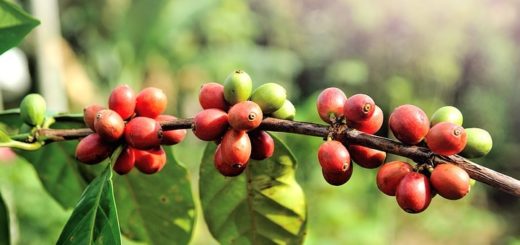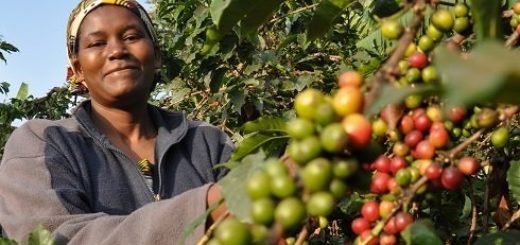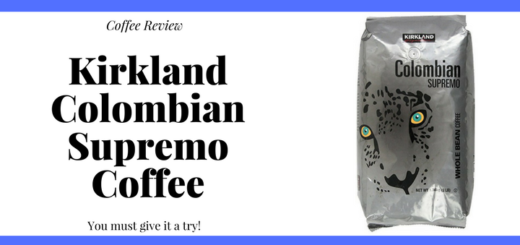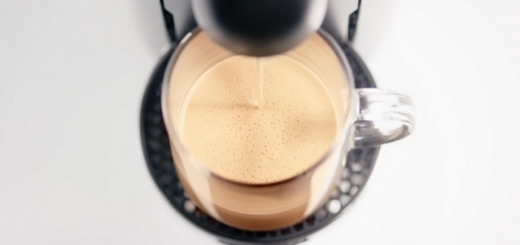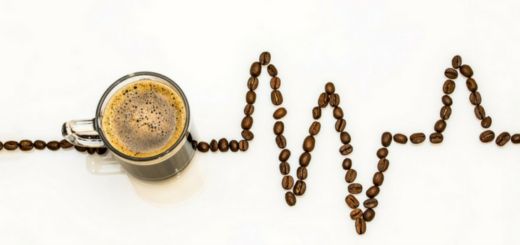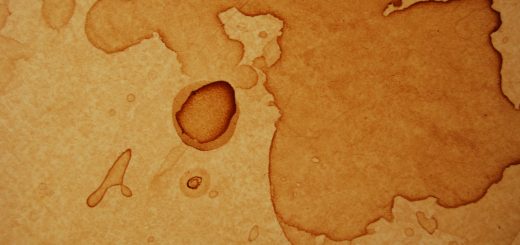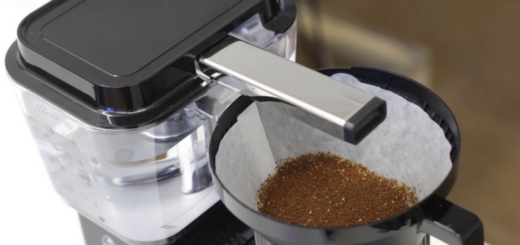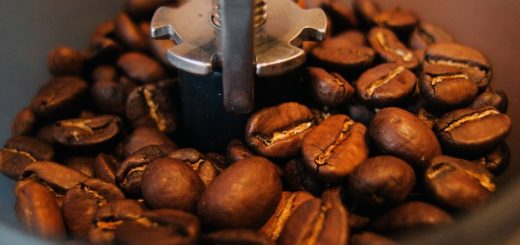Jacu Bird Coffee: Unusual but Delightful
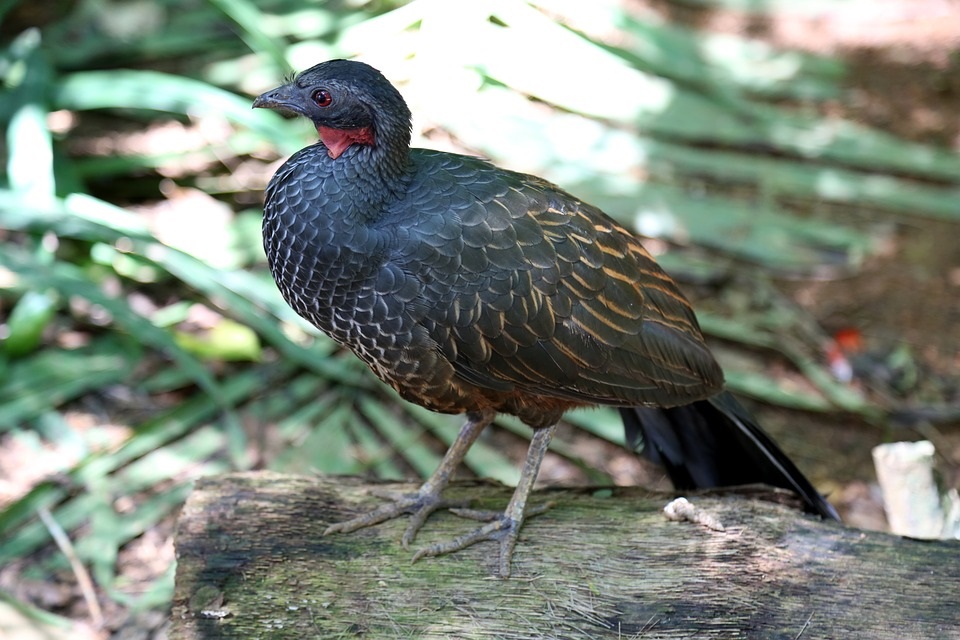
COFFEE FROM BIRD POOP
The Camocin coffee farm, the world’s only producer of Jacu Bird Coffee, sprawls among green hills not far from Brazil’s Atlantic coast. Henrique Sloper de Araújo works hard to blend agriculture with forestry and from the air, you would never know it is a coffee farm. Native shade trees and eucalyptus grow side by side providing homes for tropical ferns and a wide variety of birds, banana trees form dense clumps and wild fruit trees spring up wherever their seeds fall. A river runs through the land watering the vegetation and wildlife, which includes monkeys, deer and an occasional jaguar. Only a few dirt roads and a cluster of buildings indicate that farming takes place all year long.

Click HERE to check price or buy Wild Jacu Bird Coffee
Under the canopy of tropical trees, rows of Red Iapar and Yellow Bourbon coffee plants thrive and during the harvest season, men and women go out every 3-4 days to hand pick the ripe cherries. Deftly they grab the end of the branch, pinch off the red and yellow cherries and drop them into a basket around their wastes. Later the baskets will be emptied into bags and the cherries will be taken away to be washed, fermented and dried. The coffee pickers are not the only ones hurrying from tree to tree keeping a sharp eye out for ripe cherries. In the quieter sections of the coffee groves, shy Jacu birds venture out and help themselves to as many cherries as they want.
Jacu Birds: Paying Their Way with Coffee
Jacu, from the genus Penelope, resemble a small turkey. Dark brown feathers cover their sturdy bodies and short, thick legs give them speed and agility in the trees or on the ground. They have a distinctive red wattle and communicate among themselves with loud honking calls. Years ago, jacu birds were common in tropical forests throughout Central and South America, but ongoing deforestation has placed them on the endangered list. The flocks of jacu birds on the Camocin farm don’t need to worry about their survival. They enjoy ample room to roam and nest, as well as plenty of insects and fruit for food. In return, they give Farmer Henrique specialty coffee beans that sell for over $200.00 a pound.
Fermentation: Stripping the Cherry from the Bean
Three different layers surround green coffee beans. Scientists refer to them as the exocarp, mesocarp and endocarp, but coffee farmers and processors usually call them the peel, pulp and parchment. These protective layers must be removed before the beans can be made into coffee and natural fermentation plays a big part in this.

Click HERE to buy jacu coffee or check price
On the Camocim coffee farm, Farmer Henrique and his workers process the coffee cherries the same day that they are picked. The fresh cherries are carefully poured into troughs of running water where they are washed and sorted. This thorough washing removes the cherry’s peel and leaves the bean, parchment and pulp to go on to the next step of processing: fermentation. The Camocim crew spread the wet beans out in a thin layer on elevated racks and, referring to the thick, sticky pulp still clinging to the beans, they say “honey processing begins!” For the next 24-36 hours natural bacteria grows on the beans and breaks down the cellulose in the pulp. Attentive workers turn the beans every few minutes during fermentation and watch for signs that the pulp has granulated. Once the pulp has gone from sticky to granulated, the beans make their way back to the washing troughs and the last of the pulp is washed away leaving the smooth, white beans inside of the thin parchment or hull.
The manual washing and fermentation of coffee beans takes 2-3 days. Inside the jacu bird, though, the process takes only about 24 hours thanks to stomach acids and gastrointestinal flora. Jacu birds eat a variety of fruits, including coffee cherries, and absorb the nutrients from the pulp and peels. They expel the undamaged coffee beans with other seeds and fruit pits. Camocim employees regularly walk the grounds gathering the droppings, separating the coffee beans and washing them carefully. The naturally processed beans are then laid out to dry, before they take their turn in the hulling machine.
Read about another expensive and rare coffees ST HELENA COFFEE and ELEPHANT POOP COFFEE (BLACK IVORY COFFEE)
Jacu Birds Coffee: Modifying the Flavor Profile
Fermentation greatly affects the flavor of coffee. Coffee beans which ferment in their cherries retain a sweet flavor and full body, while beans which are mechanically stripped of their pulp and then dried tend to have less body and more acidity. Honey processed beans fall between these two extremes. The pulp that ferments on them gives them a moderate sweetness and wider range of flavor notes, while the preliminary washing enhances their acidity. Jacu bird coffee resembles honey processed coffee in that it has a moderate acidity and natural sweetness. It stands out, however, as unique in that it also has undertones of nuts and aniseed.
The Camocim farm produces only a few bags of Jacu bird coffee every year and these coffee beans travel through Brazil and the world giving coffee aficionados like you a delightful coffee experience.

